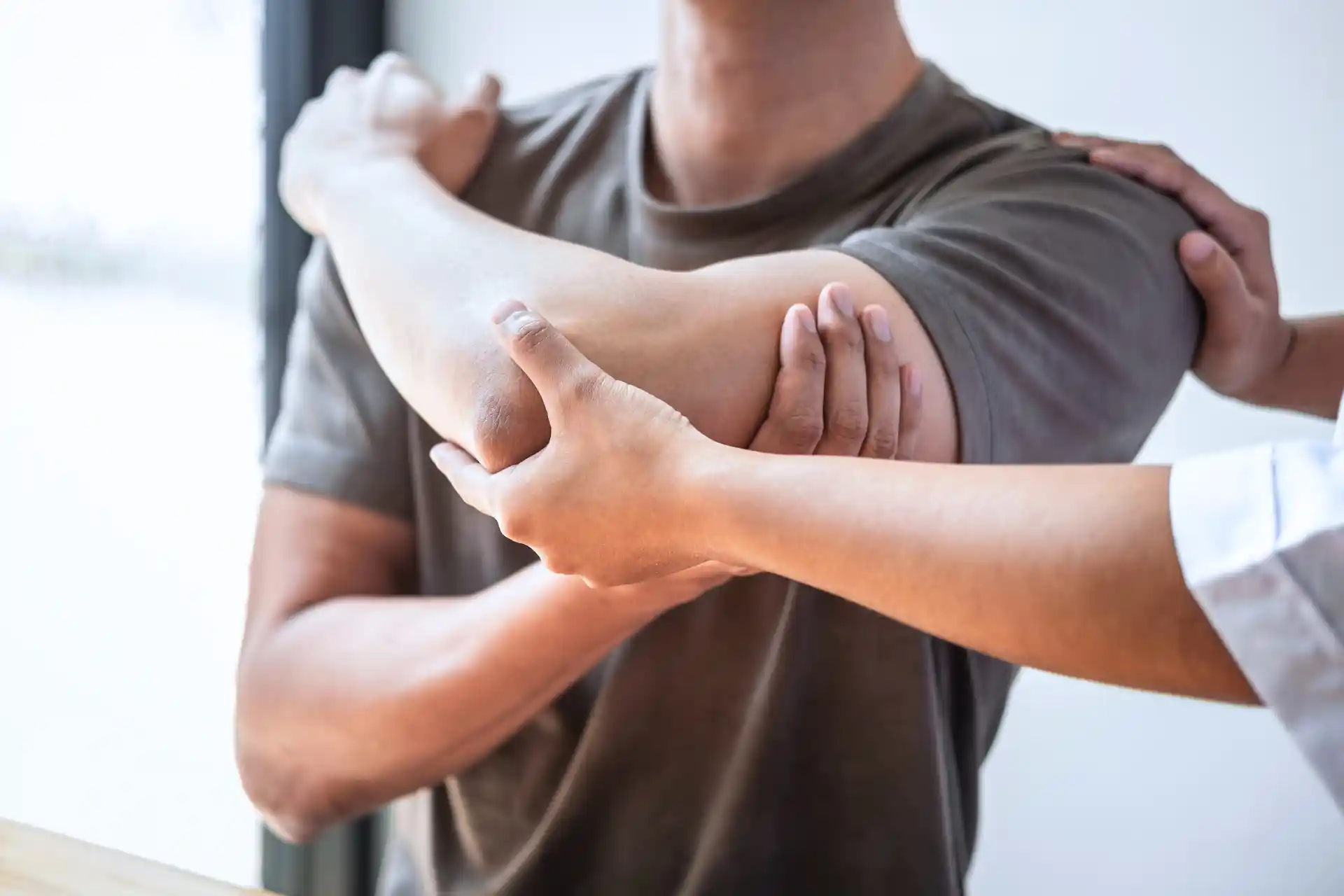Pain Relief Options
When it comes to addressing knee pain, there are a variety of pain relief options available. These options range from over-the-counter (OTC) medications to prescription pain medicines.
Always consult with a healthcare professional for through guidance on the right medication and dosages for your knee pain.
To learn more about various conditions that can cause knee pain, check out our articles on osteoarthritis, knee bursitis, ligament injuries and patellar tendinitis.
Types of Over-the-Counter Pain Medication
When dealing with knee pain, choosing the right over-the-counter (OTC) pain medicine is crucial.
The two main types are acetaminophen and nonsteroidal anti-inflammatory drugs (NSAIDs). Each works differently in the body and offers distinct benefits and drawbacks.
Acetaminophen vs. NSAIDs
Acetaminophen and NSAIDs address pain through different mechanisms.
Acetaminophen primarily helps to block pain messages in the brain (Scripps Health).
NSAIDs, such as aspirin, ibuprofen, and naproxen, work by reducing the level of prostaglandins—chemicals involved in inflammation, pain, and fever. These drugs are effective for relieving pain, reducing inflammation, and treating related symptoms like swelling from arthritis and sprains.
Acetaminophen:
- Often recommended as the initial OTC pain reliever.
- Safe for a broader demographic, including pregnant women and children.
- Minimal risk of stomach irritation; however, there is a risk of liver damage if taken in excess (Scripps Health).
Aspirin:
- One of the oldest pain relievers.
- Also used to prevent blood clots.
- Not recommended for everyone due to potential side effects like nausea, vomiting, and heartburn.
- Should not be given to children and teens to avoid the risk of Reye’s syndrome (Scripps Health).
Ibuprofen:
- An anti-inflammatory drug suitable for conditions like menstrual cramps and sore muscles.
- Less irritating to the stomach than aspirin, with fewer blood-thinning effects.
- Incorrect use can contribute to kidney damage.
Naproxen:
- Another effective NSAID for inflammation and pain.
- Known for providing longer-lasting relief compared to ibuprofen.
- Similar risks of stomach irritation and other side effects.
By understanding the differences between these OTC pain medications, you can select the one that best addresses your knee pain while minimizing potential side effects.
For alternative treatments and further insights on managing knee pain, consider exploring articles on regenerative treatments and knee strengthening exercises.
Prescription Pain Medication
If OTC pain relievers do not alleviate your pain, your healthcare provider may prescribe something stronger.
Many NSAIDs are also available at higher prescription doses. Additionally, prescription medications for more severe knee pain include COX-2 inhibitors like celecoxib (Celebrex) and etoricoxib.
- Higher Dosage NSAIDs: These are often the first step if OTC doses are not sufficient. They work in the same way as their OTC counterparts but are available in higher doses.
- COX-2 Inhibitors: These medications specifically target the COX-2 enzyme, which is responsible for pain and inflammation. They are designed to provide similar pain relief to traditional NSAIDs but with potentially fewer stomach-related side effects.
These prescription medications can be taken orally as tablets or applied as gels or creams directly to the knee area.
For more insight on effective knee pain management techniques, check out our article on runners knee and knee arthritis.
Alternative Treatments
Non-Medication Options
For those seeking alternatives to medications for knee pain relief, non-drug options can be an effective choice. These alternatives can help manage pain and improve mobility without relying on medications.
If you're exploring these alternatives, always consult with a healthcare professional to understand the most suitable options for your knee pain. Additionally, consider integrating other lifestyle changes to manage your symptoms effectively.
Physical Therapy
Physical therapy involves exercises and stretches tailored to strengthen the muscles around your knee. Strengthening exercises can significantly reduce pain and improve function. Discover beneficial knee strengthening exercises and stretches for knee pain.
Weight Management
Maintaining a healthy weight is crucial as excess body weight puts additional stress on your knee joints. Weight loss can alleviate pain and prevent further deterioration of knee structures.
Assistive Devices
Using assistive devices such as knee braces or orthotic inserts can provide extra support and stability, reducing discomfort. This can be especially beneficial for conditions like osteoarthritis.
Lifestyle Changes
Incorporating low-impact exercises like swimming or cycling into your daily routine can help maintain knee health while minimizing joint stress. Explore various exercises for knee pain.
Injections and Emerging Treatments
For more severe knee pain, especially due to arthritis or injury, injections and emerging treatments offer promising relief.
For a more detailed breakdown of these techniques, check out our article regenerative treatment for knee pain.
Hydrocortisone Injections
Hydrocortisone injections are commonly recommended for severe knee pain. These injections can reduce inflammation and pain for several months.
Hyaluronic Acid Injections
Hyaluronic acid injections are particularly beneficial for conditions like osteoarthritis. These injections help increase the supply of hyaluronic acid in the joint, easing pain and improving symptoms.
Treatment usually involves one to five injections over several weeks. Caution is advised if you are pregnant or breastfeeding.
Platelet-Rich Plasma (PRP) and Stem Cell Injections
PRP and stem cell injections have become popular for treating knee pain, especially in osteoarthritis patients.
These treatments involve injecting concentrated platelets or stem cells into the knee joint to promote healing. However, the American College of Rheumatology (ACR) and the Arthritis Foundation (AF) advise against these due to the lack of standardized procedures and unproven effectiveness.
Seek RELIEF®
RELIEF® is a science-backed, targeted approach that targets dysfunctional fascia that surrounds the affected knee tendons.
The treatment utilizes hydrodissection—a fluid-based technique that gently separates and releases adhered soft tissue layers and fascia, which may contribute to knee pain and degenerative joint symptoms.1,2,3,4,5,6,7
RELIEF® is a minimally invasive alternative to traditional treatments—and requires no steroids, medication, surgery, anesthesia, or post-procedure immobilization.
Contact us today to schedule a consultation and learn more about how RELIEF® may help with your knee pain.






.svg)